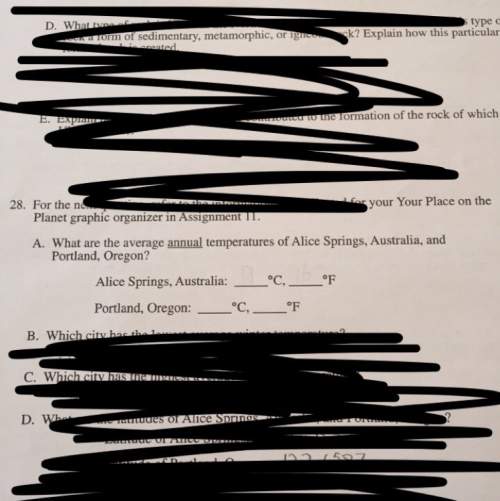
Chemistry, 11.03.2020 06:13 dianacastro8298
The rate constant for this second‑order reaction is 0.990 M − 1 ⋅ s − 1 0.990 M−1⋅s−1 at 300 ∘ C. 300 ∘C. A ⟶ products A⟶products How long, in seconds, would it take for the concentration of A A to decrease from 0.650 M 0.650 M to 0.380 M?

Answers: 3
Another question on Chemistry

Chemistry, 21.06.2019 23:50
2points why do scientists need governmental funding? o a. government politicians ask all the important scientific questions. o b. scientists have to pay taxes to the government on the money they make. o c. the cost of doing scientific research can be very high. o d. the government is controlled by scientists. submit
Answers: 3

Chemistry, 22.06.2019 06:30
Use examples from the article to explain one positive and one negative effect that chemistry has had on society.
Answers: 2

Chemistry, 22.06.2019 09:00
Look at the spectrums of a star moving towards earth and a motionless star. which of these is a correct inference that can be draw from the observation of the two spectrums? (2 points) the spectrum of a motionless star is difficult to be viewed separately using oridinary telescopes. the spectrum of a motionless star is identical to the spectrum of a star which moves towards earth. the spectrum of a star shifts towards the red region when the star moves towards earth. the spectrum of a star shifts towards the blue region when the star moves towards earth.
Answers: 2

Chemistry, 22.06.2019 13:00
16. why must the number of electrons lost equal the number of electrons gained in every redox reaction? use 3 – 4 sentences in your own words to address this question. 18. what type of radiation is emitted when chromium-51 decays into manganese-51? show the nuclear equation that leads you to this answer. 19. a radioactive nucleus alpha decays to yield a sodium-24 nucleus in 14.8 hours. what was the identity of the original nucleus? show the nuclear equation that leads you to this answer.
Answers: 2
You know the right answer?
The rate constant for this second‑order reaction is 0.990 M − 1 ⋅ s − 1 0.990 M−1⋅s−1 at 300 ∘ C. 30...
Questions




English, 05.12.2019 06:31





Mathematics, 05.12.2019 06:31





Spanish, 05.12.2019 06:31


Mathematics, 05.12.2019 06:31

History, 05.12.2019 06:31

Mathematics, 05.12.2019 06:31


![k=\frac{1}{t}\left (\frac{1}{[A]}-\frac{1}{[A]_o}\right)](/tpl/images/0542/6727/5ea71.png)

![[A]_o](/tpl/images/0542/6727/9caf5.png) = Initial concentration = 0.650 M
= Initial concentration = 0.650 M




